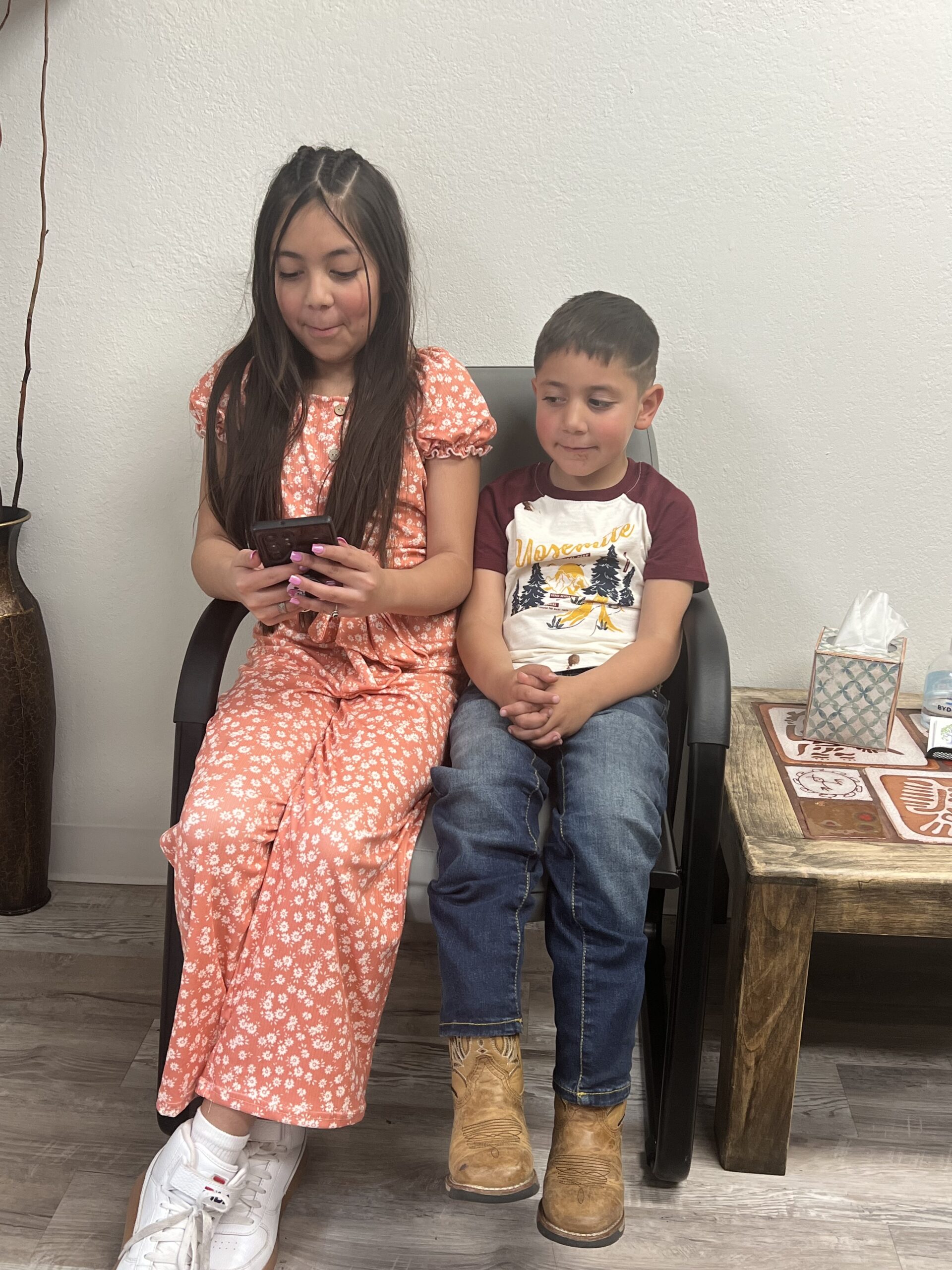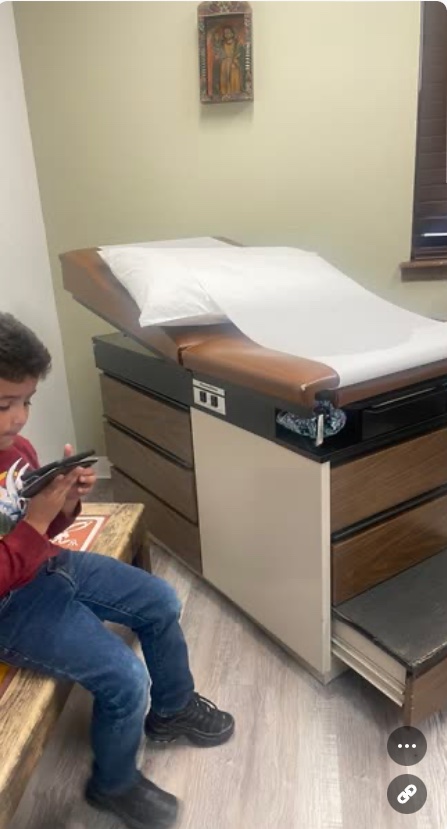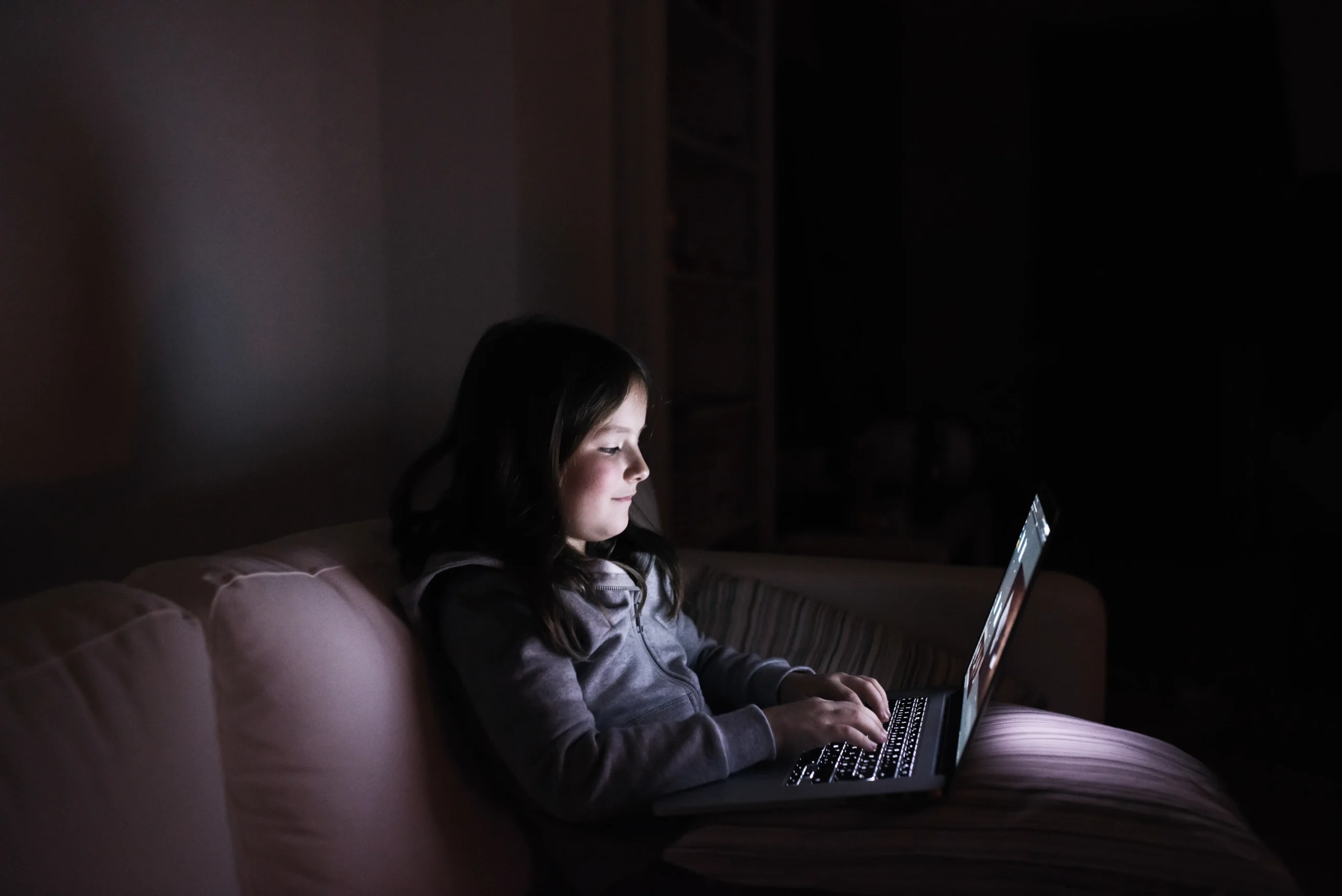Create healthy boundaries and balance
By Loretta Torres
The hectic everyday life of parents and children alike has created a norm for escaping to a place that eases the mind and calms the soul: digital technology. The baby cries, the toddler screams, and what do we tend to reach for? Our phone or computer, to watch something soothing that will help pacify our children. Is this a band-aid type of answer or a long-term solution?
Digital technology plays an important role in our everyday life. For many of us, it is not uncommon to be online for eight hours of our workday and a few more hours at best in our downtime. This has passed on to our children, who sometimes know more about computers than their parents do. The fact remains that more and more of our life will be online. The ability to work remotely continues to have its advantages for busy parents—and for our children. We can’t forget how imperative it was to have digital technology during the COVID pandemic. Being able to have our children continue their education online may not have been quite the ideal situation, but it was the only alternative available. The digital world has shown its positivity to parents and children.
But children need to have time to unplug from the online world and connect with themselves and nature. Finding a book that interest them, taking a walk in the sunshine, connecting to another place outside of the digital technology of today will create a child who can find an outlet that will bring them a sense of calmness and quiet the mind, which will have great impact on the mental and physical health of the child. The next time you want to reach for the phone or computer to aid in the stillness of your child, instead try to have a variety of books or games on hand that will entertain them. Encourage them to write or draw, and then have them tell you about what they have created. In the age of digital technology, encouraging and helping your child unplug digitally will offer them a space of creativity and connection to the world around us.

Courtesy photo: Siblings sharing a moment of screen time
Although we can also see the benefits from technology, let us not forget the human connection we need to have with our children, too. It is imperative that parents continue reading books to their children, along with sitting down and enjoying meals and conversation. There is an element of connection that cannot be found in computers, phones, or tablets. There are also many tactile senses engaged by holding a book. For children there are many books that introduce at a young age the sense of smell, touch, and visual stimulation which are not provided by electronics.
Engaging our children into the world of technology is a must, although we need to have our parameters, including the age at which we should introduce phones and computers, how much screen time is appropriate, making sure that parents are able to limit what content can be viewed, and ending screen time an hour prior to bedtime.
The long-term sequelae to digital technology on the developing brain continues to be researched, and although there are many articles written on the pros and cons, let us remember that handing your crying child a phone or computer and using these as a source of pacifying them may be a short-term solution to a long term problem. Let us not forget the influence that the internet has on our children. Kids are entering into a world of influencers. Influencers that can positively or negatively affect the way our children view themselves or others. Social media can impact what kids want to wear, the latest trends, the new fashions along with the dark side of it including alcohol, drugs, and coping mechanisms that may not be positivity inspiring. As parents we need to remember what we view as social media may be completely different than what our children watch, and what older siblings look at their younger siblings may be prone to viewing, which may not be age appropriate including violence and explicit language.

Courtesy photo: Passing time while waiting to be seen.
Parents may be viewing cooking videos or landscaping, and what parents need to remember is that this may not be what children are viewing. How we perceive social media is entirely different. Smartphones allow children to view certain social media sites that can increase anxiety, depression, body shaming, and self-doubt.
Let us discuss in more detail the impact excessive screen time has on our physical health. Not only can there be cognitive and emotional effects, but the physical effects of excessive screen time can be noted in vision changes, obesity, headaches, back pain, neck pain, and vitamin deficiencies to name a few. Dry eyes and sensitivity to light is often seen with increased screen time. Obesity has increased in children due to the lack of physical activity associated with computer and phone use. This sedentary side effect of digital devices means many children are depriving themselves of exercise and other outdoor sports activities. The lack of outdoor activity and exposure to sunlight lends itself to the high risk for vitamin D deficiencies. Vitamin D deficiencies often present with increased fatigue, muscle weakness, and mood changes.
Keeping your 2 to 5 year old with no more than one hour a day with co-viewing with a parent or sibling and 5 to 7 year old generally recommended to no more than two hours per day except for homework. These are not hard and fast rules, only guidelines to help parents put acceptable boundaries to phones and computers. Various different literature may present with similar or possibly contrasting advice, but nevertheless parents need to set boundaries and add parental controls to limit screen time and monitor content. For older children, know who your child is in communication with online and have open communication about screen time.
Digital technology poses a great challenge to parents. It can be looked at as a wealth of opportunity for learning and creativity, and conversely seen as a risk to a child’s development. By creating healthy boundaries and a balance of online and outdoor activities, we can maintain the best of both worlds in turn creating healthy, happy, and successful children and parents alike. Let us keep our children connected to themselves and the world around us all while providing a safe space for learning and entertainment.
Loretta Torres PA-C is a physician assistant and chief executive officer of Pure Life Family Practice and Medispa. A graduate from the University of New Mexico School of Medicine, Loretta’s Santa Fe–based practice includes family medicine. She specializes in preventing and treating human illness and injury by providing a broad range of care.




